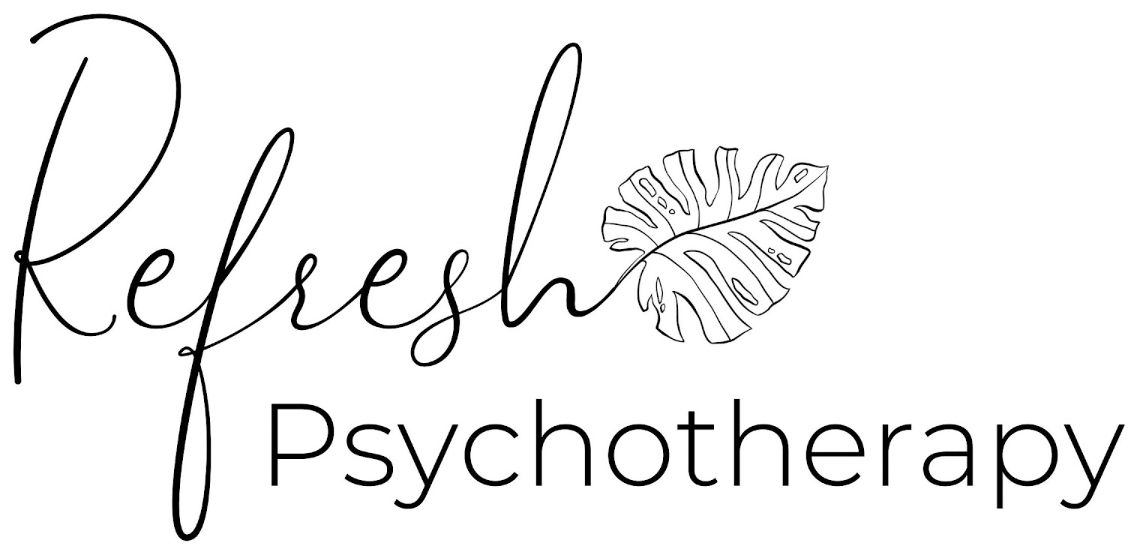
Why Rest Isn’t Laziness: The Mental Load of Overachievers
For many high-performing people, rest doesn’t feel restorative—it feels dangerous. You might stop working for a few hours, but your mind races with guilt. You feel behind. You mentally rehearse your to-do list or start troubleshooting things that haven’t even gone wrong yet. You tell yourself you’ll rest “after this next thing”—but the next thing never ends.
This isn’t a productivity issue. It’s the psychological consequence of chronic overfunctioning. And it’s why so many high achievers conflate rest with laziness—even when they’re deeply burned out.
In this article, we unpack the mental load behind overachievement, why rest feels unsafe, and how to reclaim it as a psychological necessity—not a personal failure.
What Is the Mental Load of Overachievers?
The mental load isn’t just about doing too much—it’s about thinking about everything all the time. For overachievers, this often looks like:
- Rehearsing conversations before they happen
- Tracking outcomes others haven’t even considered
- Managing everyone’s emotions while downplaying your own
- Holding responsibility for things outside your control
- Believing the worst will happen if you’re not three steps ahead
Over time, this creates hypervigilance, which is often mistaken for “being good at your job” or “always prepared.” In reality, it’s a form of psychological exhaustion. Studies show that chronic stress and hyper-responsibility lead to burnout, cognitive fatigue, and emotional dysregulation (Maslach & Leiter, 2016).
Why Overachievers Struggle to Rest
People who carry an invisible mental load often have a trauma history of earning safety through performance. Rest isn’t seen as a right—it’s seen as a risk. In clinical terms, this is tied to maladaptive schemas around unworthiness, responsibility, and failure (Young et al., 2003).
Common beliefs include:
- “If I stop, everything will fall apart.”
- “If I rest, I’ll lose momentum and never recover.”
- “If I’m not useful, I’m not lovable.”
- “If I slow down, people will see the real me—and they won’t like it.”
These beliefs aren’t laziness. They’re symptoms of internalized pressure, survival adaptations, and perfectionism.
Rest Is Not the Opposite of Work—It Completes It
Cognitive neuroscience shows that rest improves executive functioning, memory, and decision-making (Mednick et al., 2003). In fact, the brain uses downtime to integrate learning, solve problems, and reset emotional thresholds (Raichle, 2015). Without rest, performance declines—not because you’re failing but because your brain literally can’t process new input.
Put simply: rest isn’t what you do when you’ve earned a break. It’s what your brain requires to keep functioning at all.
You Can’t Meditate Your Way Out of Overfunctioning
While mindfulness and self-care practices are helpful, they won’t address the core belief that you don’t deserve rest unless you’ve exhausted yourself first. Until that belief shifts, rest will continue to feel like failure.
This is where therapy becomes essential. It can help challenge these beliefs and replace them with a more sustainable self-concept—one where your worth is not tied to your output. Schema therapy, for example, specifically targets rigid mental models that keep high-functioning people stuck in burnout loops (Jacob & Arntz, 2013).
Redefining Rest for High Achievers
If rest feels unproductive or shameful, try reframing it as:
- A cognitive investment in better problem-solving
- A nervous system reset—not a reward
- A boundary between self-worth and self-sacrifice
- A creative incubator, not a distraction
- A practice in trust: believing that things won’t collapse if you step away
High achievers often wait until their bodies shut down to allow rest. But the goal is to stop using exhaustion as the only permission slip.
Rest Isn’t Laziness. It’s What Makes Ambition Sustainable.
Burnout doesn’t usually come from doing too much—it comes from never feeling like you’ve done enough. When you see rest as part of the work—rather than what you do after the work—you begin to rebuild trust in yourself and your capacity.
If you’re stuck in cycles of overfunctioning, therapy can help. Together, we can examine the roots of your overachievement, challenge the fear that comes with rest, and build a model of success that includes sustainability—not just survival.
Book your appointment today at refreshtherapynyc.clientsecure.me.
Written by: Keeley Teemsma, LCSW, MA
Works Cited
Jacob, G. A., & Arntz, A. (2013). Schema therapy for personality disorders—A review. International Journal of Cognitive Therapy, 6(2), 171–185.
Maslach, C., & Leiter, M. P. (2016). Understanding the burnout experience: Recent research and its implications for psychiatry. World Psychiatry, 15(2), 103–111.
Mednick, S., Nakayama, K., & Stickgold, R. (2003). Sleep-dependent learning: A nap is as good as a night. Nature Neuroscience, 6(7), 697–698.
Raichle, M. E. (2015). The brain’s default mode network. Annual Review of Neuroscience, 38, 433–447.
Young, J. E., Klosko, J. S., & Weishaar, M. E. (2003). Schema Therapy: A Practitioner’s Guide. Guilford Press.
